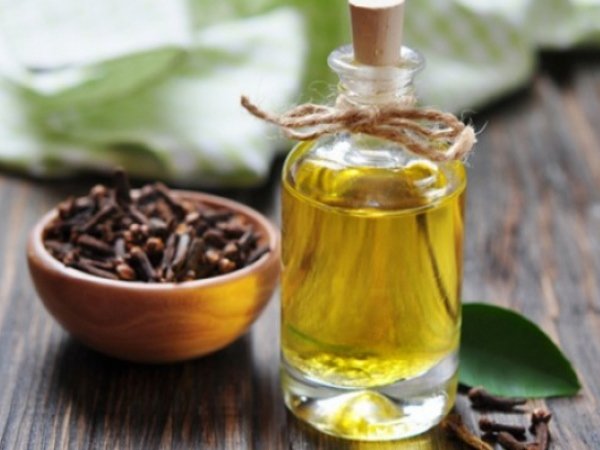Catecholamine’s are derivatives of the amino acid tyrosine and are characterized by benzene with two hydroxyl side chains known as catechol and a side chain. Like all other hormones in the body the balance of catecholamines is very important for the body to function normally. They are particularly important in the proper functioning of the central nervous system and control fluid absorption in the kidneys.
Dopamine, norepinephrine, and epinephrine make up the group of chemicals called catecholamines necessary for the fight or flight response of the body in stressful situations.

Catecholamines
Manufacture
Tyrosine is an essential amino acid meaning that it is not present in the body and must be obtained from dietary intake. It is also made from phenylalanine by the action of an enzyme known as phenylalanine hydroxyls. Catecholamine secreting/chromaffin cells in the medulla of the adrenal glands and catecholamine secreting neurons convert tyrosine into L-DOPA (L-3,4-dihydroxyphenylalanine) which is then converted to dopamine. This dopamine is then converted into norepinephrine and finally epinephrine depending on the cell type and the kind of response needed. This requires the action of dopamine ?-hydroxyls and phenyl ethanolamine N-methyltransferase respectively.
Functions
Depending on the part of the body catecholamine’s can act as neurotransmitters or hormones. Within the brain they are neurotransmitters whereas in the periphery they act as hormones. The general physiological changes caused by catecholamines prepare the body for fight or flight. Norepinephrine is a neurotransmitter in the sympathetic post-ganglionic nerves but epinephrine is not. In the brain, norepinephrine is secreted in the brain stem whereas dopamine is mainly secreted in the hypothalamus. In the brain these are responsible for the transfer of electric signals between neurons in the brain enables communication through impulses. This helps control central nervous system functions such as cognition, emotions, memory and motor control. Outside the brain dopamine is responsible for reducing the gastro-intestinal motility, increasing sodium excretion in the kidneys and inhibiting insulin synthesis in the pancreas.
Epinephrine (released only in the adrenal medulla) causes smooth muscles in blood vessels to relax causing contraction inhibiting blood flow while those of the airways are relaxed. Norepinephrine on the other hand increases blood pressure, heart rate and conversion of stored glucose into energy.
During stressful situations (fight and flight) the kidney function is temporarily stopped by epinephrine and norepinephrine. This is achieved through the constriction of blood vessels supplying the kidney with blood and triggering the renin-angiotensin-aldosterone system which regulates blood pressure and fluid balance.
Changes in catecholamine levels
There are many factors that can result in the increase of catecholamine levels in blood. These levels can be determined through a catecholamine blood test. The normal values range from 0 to 900pg/ml for epinephrine and 0 to 600 pg/ml for norepinephrine. When the levels are higher than this they suggest that a person is under physical or emotional stress. High levels are also indicators of tumor possibilities. Such tumors include neuroblastoma, ganglioneuroma, ganglioblastoma and pheochromocytoma all of which are rare. Some drugs may also raise the levels of catecholamines. An example is tolcapone which is a selective catechol inhibitor used to treat Parkinson’s disease.




